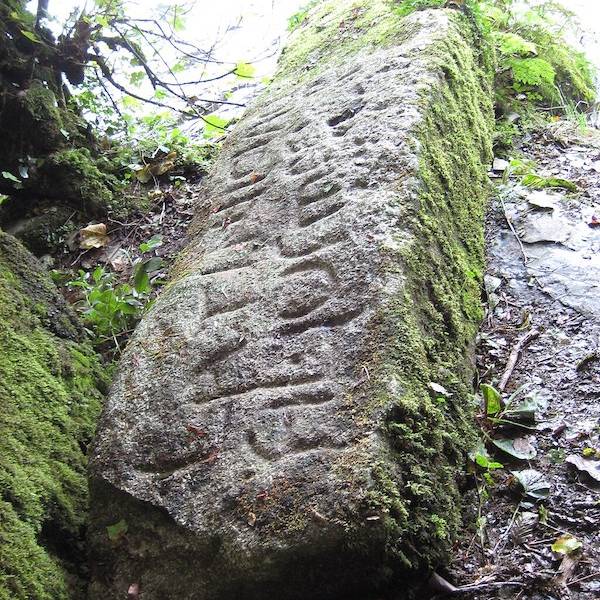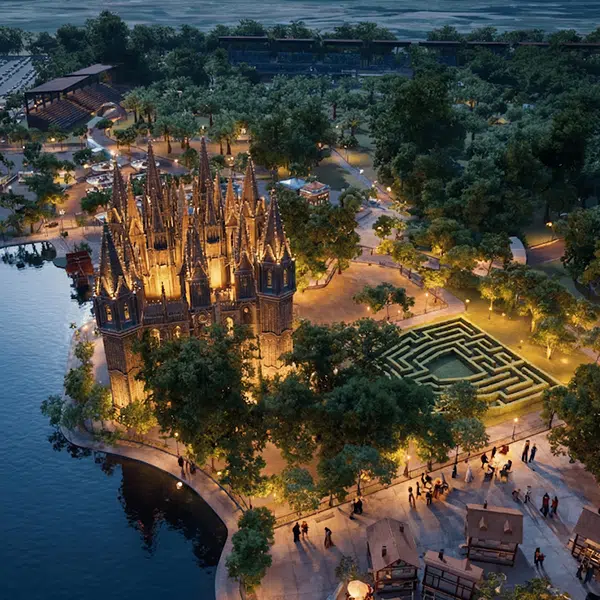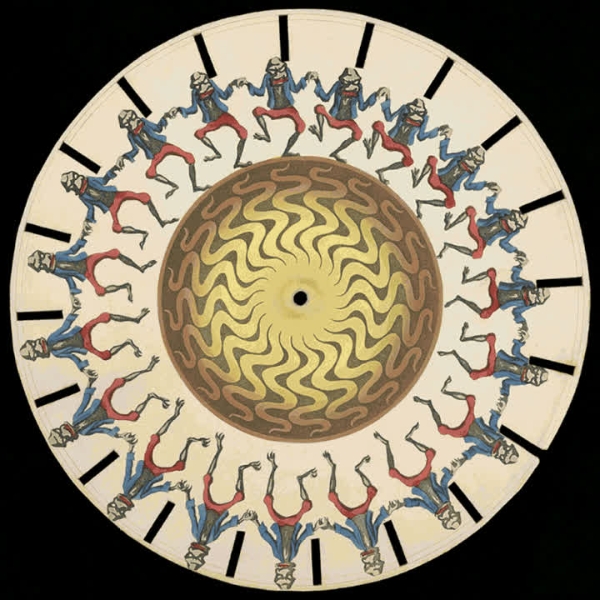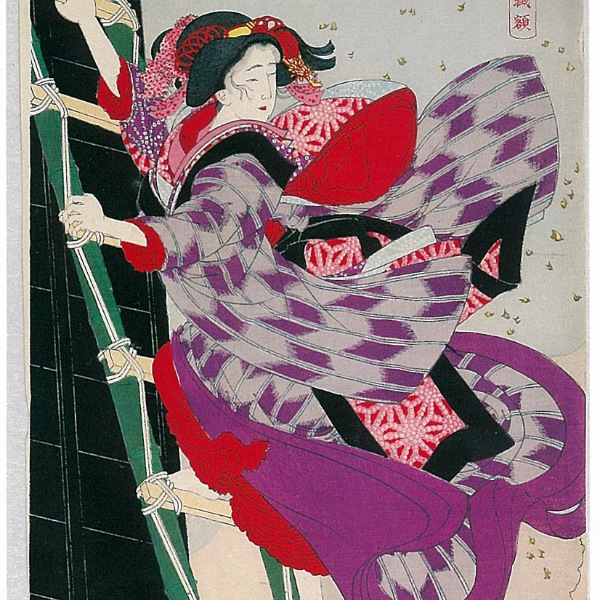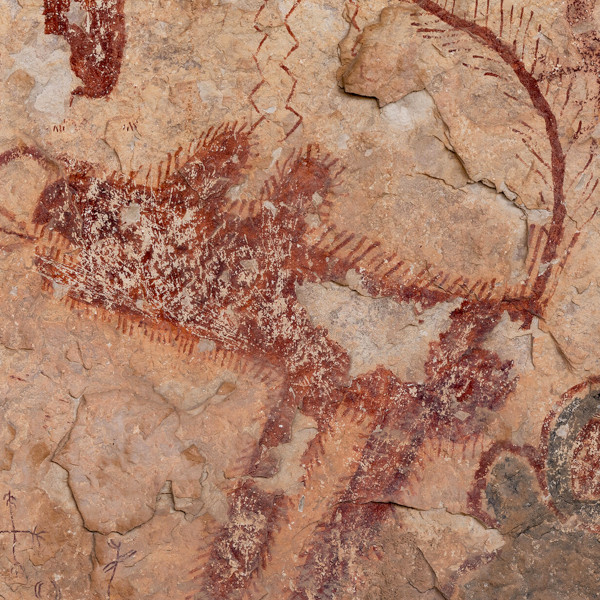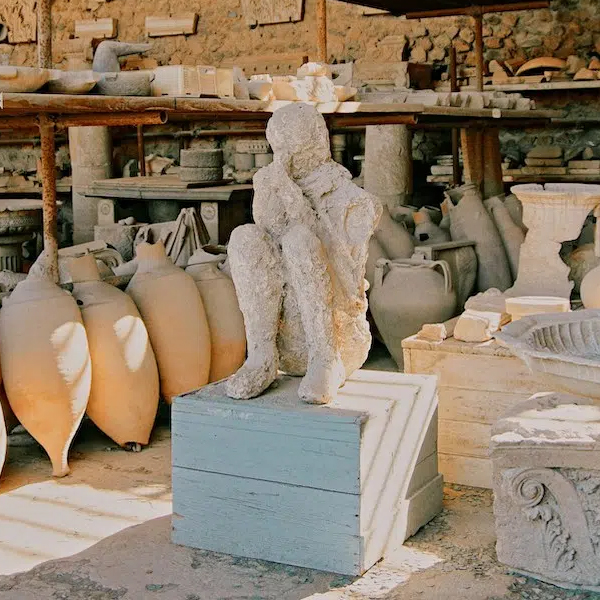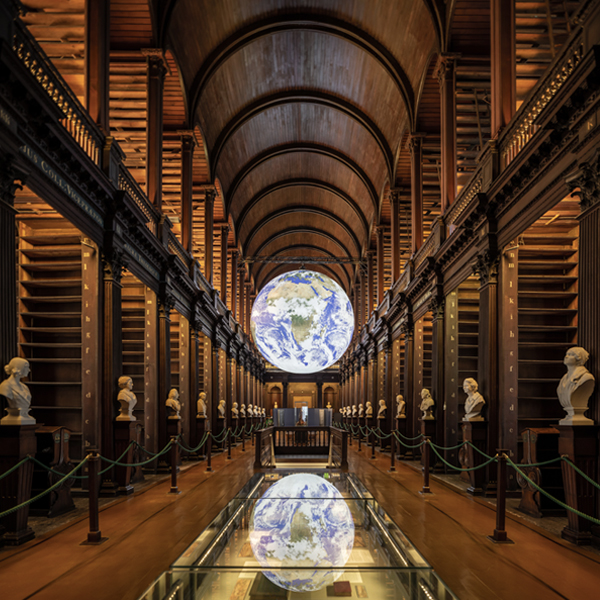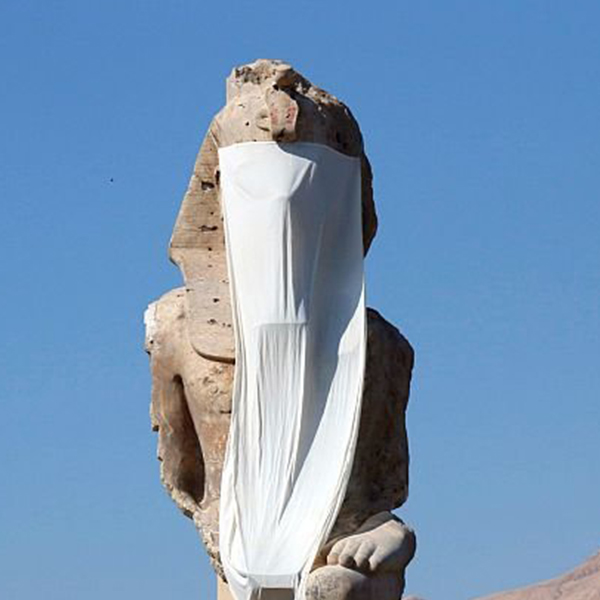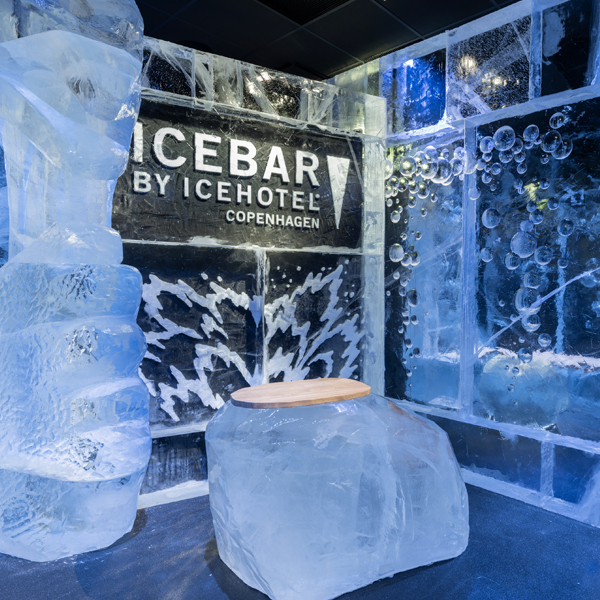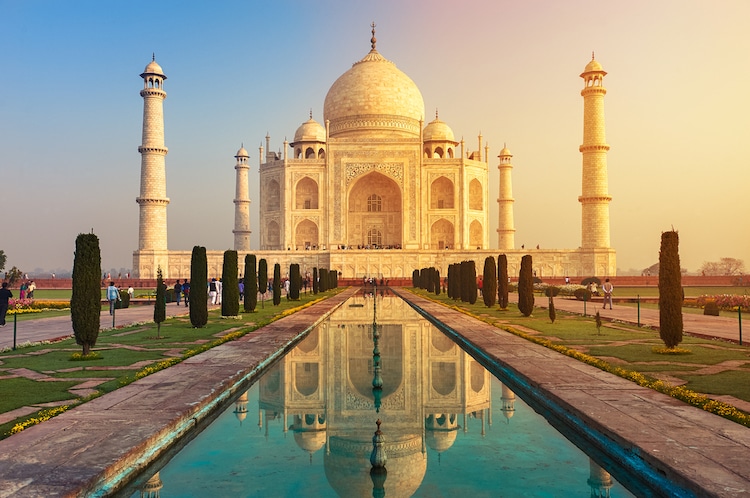
Photo: Stock Photos from YURY TARANIK/Shutterstock
Undoubtedly, the Taj Mahal is one of the most recognizable monuments in the world. The entire complex, which consists of the famous white mausoleum, a reflecting pool, and lush gardens, among other buildings, is a testament to the cultural sophistication of the Mughal Empire.
Many of us know that the Taj Mahal was conceived as a sort of post-humous love story between an emperor and his wife. It was created by Shah Jahan, the fifth Mughal emperor who ruled from 1628 until 1658. Under his reign, the Mughal Empire reached its cultural peak and, in particular, its Golden Age of architecture.
With its intricate decorations and harmonious design, the Taj Mahal is not only at the apex of Indian architecture, but architecture in general. Let's take a look at some interesting facts about this world-famous building and get inspired by the work it took to make this complex a reality.
These 5 interesting facts about the Taj Mahal show the love and care that's gone into this complex.
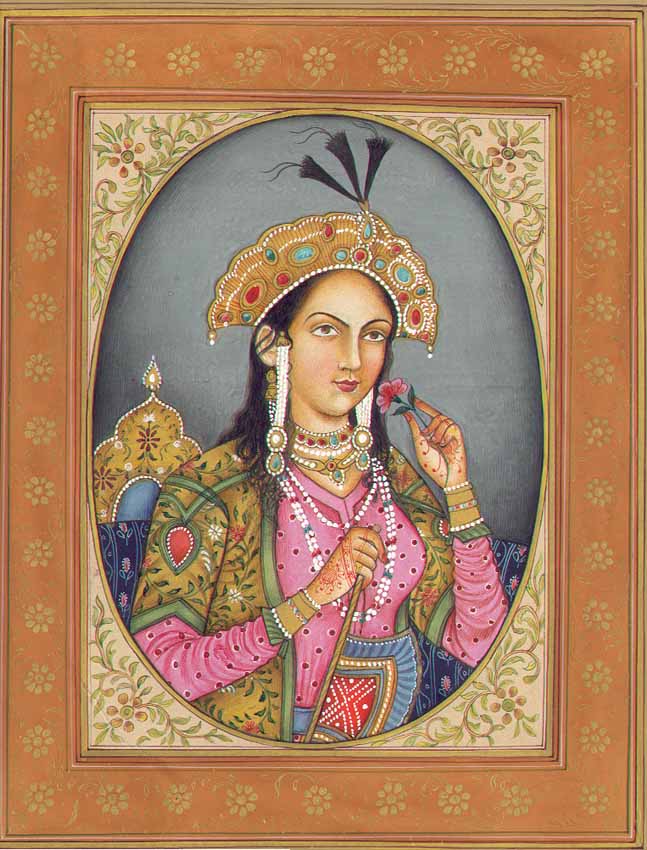
Portrait of Mumtaz Mahal. c. 17th – 18th century (Photo: Public domain via Wikipedia)
It was Built Out of Love
Shah Jahan constructed the Taj Mahal to house the tomb of his beloved wife Mumtaz Mahal. She was his third wife, even though they were actually betrothed when he was 15 and she was 14. They had to wait five years to get married, thanks to a lucky date picked by court astrologers. In the interim, Shah Jahan married another woman. He would also take a third wife after their marriage. However, these were mainly for political reasons and Mumtaz Mahal would remain his chief consort once they were married.
Their long marriage produced 14 children and court observers went to great lengths to write about their devotion to one another. Mumtaz was also a close confidant and political advisor. She would even review official court documents before their final drafts.
Unfortunately, Mumtaz would die at 38 years of age after a postpartum hemorrhage. It’s said that the emperor was devastated by this loss. Originally her body was placed elsewhere but was later laid to rest in the Taj Mahal once it was complete.
It Took an Army to Create It
As the Taj Mahal needed to be befitting of Mumtaz Mahal’s presence, every detail was meticulously executed. About 22,000 laborers worked on every aspect of the Taj Mahal. This included excavating and leveling the three acres of lands it’s built upon, as well as the construction of the elaborate brick scaffolding used for the project. Legend has it that the Shah successfully had the scaffolding dismantled overnight by telling local peasants that they could keep any of the bricks they took from it.
Beyond that, the design called for thousands of painters, embroidery artists, and stonecutters who could execute the intricate work. Over 1,000 elephants were used to bring in building materials, which were then transported by oxen up a nine-mile earth ramp created for the project. Special pulleys would then help raise the stone blocks into position.
All of this attention to detail and project planning paid off, as the tomb took about 12 years to finish. The rest of the buildings at the complex would be completed after an additional 10 years.

Photo: Stock Photos from Mikhail Varentsov/Shutterstock
It Was Expensive
Given the manpower needed to make the Taj Mahal come to life, there’s no doubt the project was expensive. Luxurious materials were brought in from across Asia and India. This included vast quantities of white marble brought in from Makrana, as well as 28 varieties of precious and semi-precious stones that were laid into the marble. Jade from China, turquoise from Tibet, sapphire from Sri Lanka, and lapis lazuli from Afghanistan are just some of the stones incorporated into the Taj Mahal. Another instance of opulence can be found on the dome. Originally, the finial topping the mausoleum's dome was made from gold (it's since been replaced with bronze).
By the time it was completely finished in 1653, the estimated cost at the time was 32 million rupees. In 2020, that converts to about 70 billion rupees ($916 million).
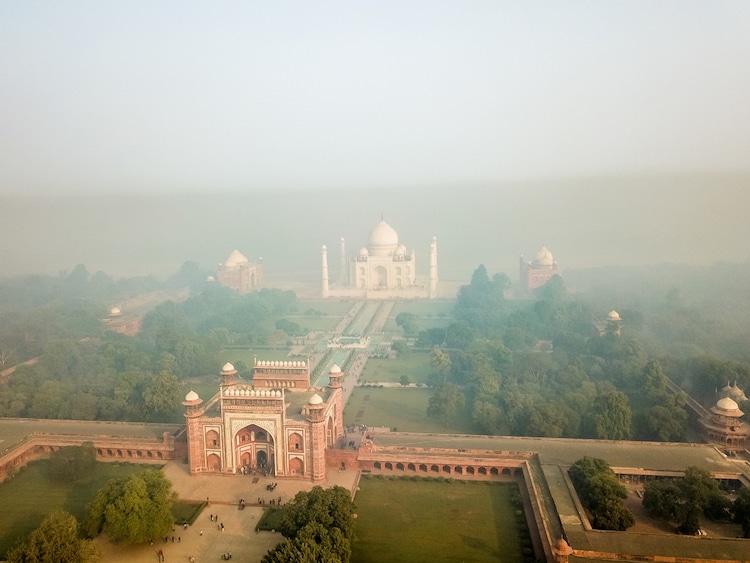
Photo: Stock Photos from Uladzik Kryhin/Shutterstock
Symmetry is Key
The Taj Mahal is a perfectly symmetrical building. As is typical of architecture created under Shah Jahan, the complex is organized on bilateral symmetry that runs along a central axis.
The Taj Mahal expresses the concepts of architecture under Shah Jahan’s rule thanks to its balanced and symmetrical plan. The mausoleum, with its white marble, is the central feature of the complex and is flanked by two red sandstone structures—the mosque and the guest house.
By having the mausoleum be the only all-white building in the complex, an architectural hierarchy is established. The more white found in a building, the more important that particular structure was.
Special Laws Have Protected It
Given its importance, it should come as no surprise that India’s government is fiercely protective of the Taj Mahal. Throughout history, it’s taken special measures to ensure its safety from manmade and natural threats.
Both during World War II and the India-Pakistan wars, special scaffolding was erected to disguise the building and protect it from air attacks.
To help guard against environmental pollution, which was turning the Taj Mahal from white to yellow-brown, a 4,000 square mile area known as the Taj Trapezium Zone (TTZ) was set up. The area has strict emissions standards and a 1996 ruling by the Supreme Court of India banned the use of coal in industries located within the TTZ. These companies were either asked to switch over to natural gas or relocate out of the protected area.
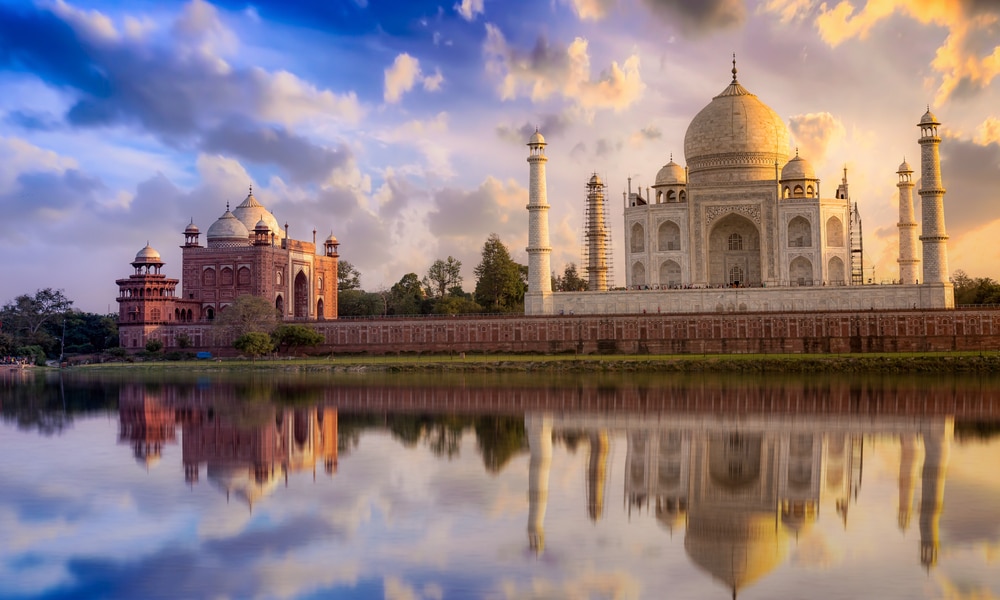
Photo: Stock Photos from Roop_Dey/Shutterstock
It’s a Wonder of the World
The Taj Mahal is one of the most beloved monuments in history. In fact, in recent years the number of visitors to the Taj Mahal has reached upwards of eight million tourists annually.
So, it should come as no surprise that when an organization put together a list of the New 7 Wonders of the World, which was intended to replace the ancient Seven Wonders of the World, the Taj Mahal had to have a slot. The public poll to create the list garnered over 600 million votes, and when the winners were announced in 2007, the Taj Mahal joined other marvels like the Great Wall of China, Petra, and Machu Picchu as a New Wonder.
Related Articles:
6 Surprising Facts About the Roman Colosseum
10 Facts About the Parthenon, the Icon of Ancient Greece
7 Fascinating Facts About England’s Mysterious Stonehenge
5 Fascinating Facts About Saint Basil’s Cathedral, the Cultural Gem of Moscow











































































